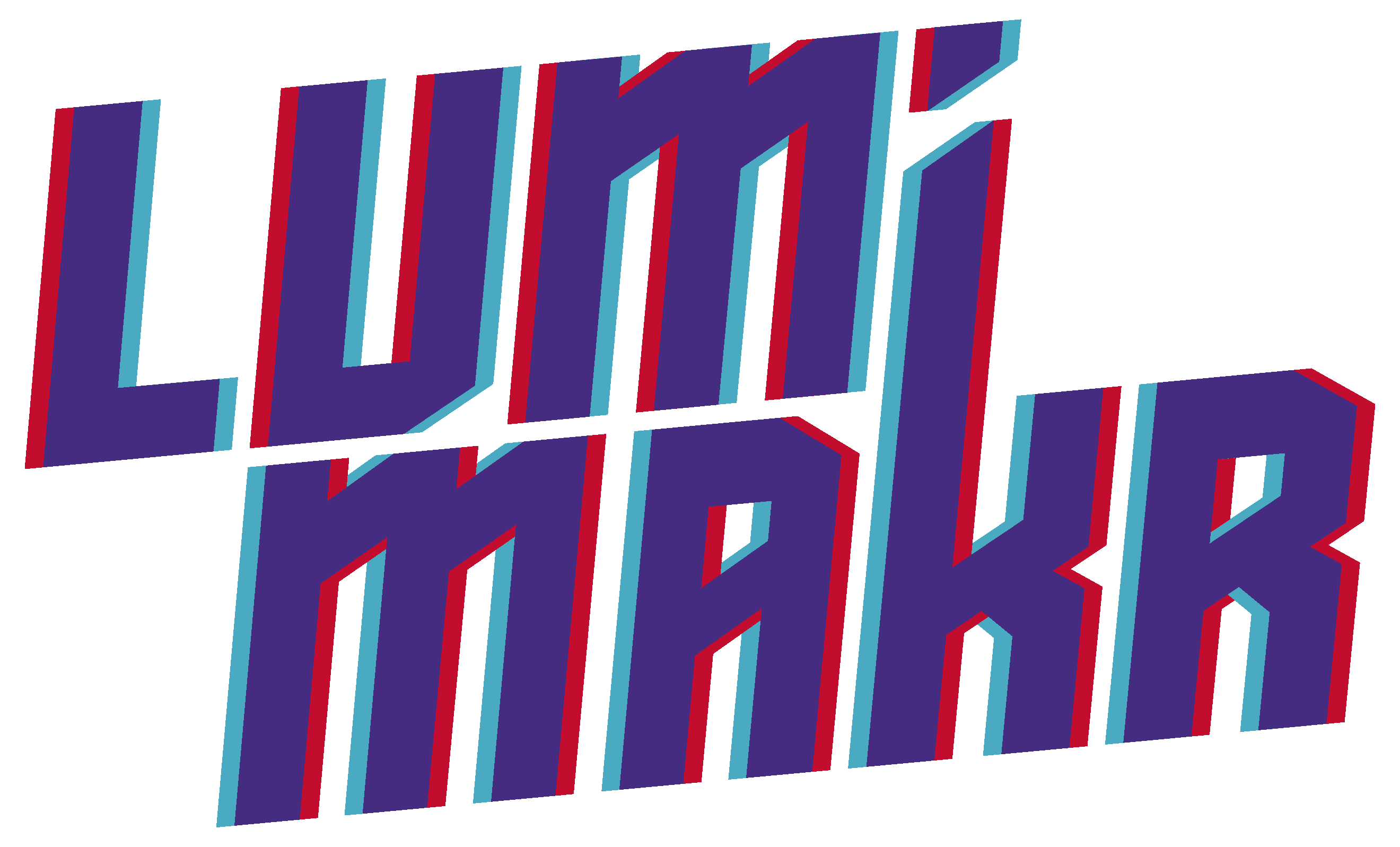Let's Demystify the LOG Format and Rec.709 in Color Grading: understanding the essentials of color"
As a post-production professional, you understand that color management is not just about simple adjustments. It’s a science that can literally transform a sequence, making every visual detail more impactful. At the heart of this science, two capture formats play a crucial role: LOG and Rec.709. Mastering them is essential to ensure the quality and precision of your color grading work. Let’s dive into these concepts to help you fully master them.
Introduction to LOG and Rec.709 Formats
The art of capturing raw data
First, the LOG mode in cameras is a processing method for footage that offers greater flexibility for color grading. In post-production, LOG combines a lighter file size than RAW format while being heavier than native formats such as H264 or AVCHD.
The LOG format, based on a logarithmic curve, goes far beyond a simple capture profile. It is designed to maximize exposure latitude by redistributing tonal values to capture an extended dynamic range, often beyond what the human eye can perceive. As a colorist, you know that this feature is crucial for preserving details in the highlights and deep shadows—areas where information is easily lost with other formats.
Working with LOG gives you the ability to manage exposure variations while maintaining an intact image that can reveal its full richness in post-production. This means you have exceptional flexibility to adjust exposure, correct colors selectively, and refine contrast. The LOG format is also more tolerant of lighting variations on set, offering you added security for capturing images in diverse lighting conditions.
The color standard for broadcasting
On the other hand, we have Rec.709, a color standard widely used in the television and film industries for content broadcast and viewing. Unlike the LOG format, Rec.709 is designed for immediate output and direct viewing on standard screens.
Rec.709, or ITU-R BT.709, is the globally used HD video standard for television broadcasting. Unlike LOG, Rec.709 is linear and incorporates a gamma curve set at 2.4 for standard broadcasting. This standard is designed to ensure color consistency and compatibility across different devices, which are crucial elements in broadcast environments. However, this standardization leads to compression of color information and a reduction in dynamic range, limiting the possibilities for adjustment in post-production.
For you, as a colorist, working in Rec.709 means adopting a more precise and anticipatory approach to color grading. With the gamma curves and gamut predefined, you have less room for experimentation compared to LOG. Therefore, it is crucial to make your adjustments with great care to avoid visual artifacts such as banding or clipping, which can occur when the dynamic range limits are reached. A deep understanding of how Rec.709 responds to different viewing conditions is essential to optimize the quality of the final image.
Differentiated approaches according to formats
Color grading & LOG
Now that we understand the basics of the LOG format and Rec.709, let's explore the differences in color grading and why they are so crucial.
When working with images captured in LOG, you benefit from an unparalleled latitude to explore a full range of corrections and adjustments. In post-production, LOG behaves like a digital negative, preserving a wealth of information that can be leveraged to achieve specific looks or to correct imperfections in the initial capture. You can push the luminance and chrominance curves much further without risking significant degradation, allowing you to create contrasts and saturations that remain organic and true to the original scene.
Color grading & REC.709
With Rec.709, the challenge is different: it’s about maintaining color consistency and accuracy across various broadcast channels. The constraints imposed by compression and a reduced color gamut mean that you must adopt a more conservative approach. The work then involves optimizing every aspect of the image within a well-defined framework, using local correction tools and leveraging the limited resources of the format to avoid any loss of quality during broadcast.
In workflows where both formats coexist, your expertise as a colorist must not only master each format but also understand how to translate corrections from one color space to another without introducing visual distortions. This includes managing LUTs (Look-Up Tables) that allow the conversion of LOG images to Rec.709 while preserving the original artistic intent. Monitor calibration and broadcast chain simulation then become critical steps to ensure that the final image remains consistent with the director's and cinematographer's intentions.
A deep understanding of the LOG format and Rec.709 is not just a technical skill
Now, I hope you have a better understanding of the LOG format and Rec.709, as well as their importance in color grading. These two different approaches to capturing and viewing colors each have their own advantages.
For you, as a colorist, a deep understanding of LOG and Rec.709 is not just a technical skill—it’s a key to unlocking new creative possibilities. By mastering these two formats, you not only meet the technical demands of your projects, but you also unleash your full creative potential, transforming each project into a cohesive and impactful visual work.
